Environmental Projects
Caumsett State Historic Park Preserve a 1500-acre property located on Lloyd Neck in the Township of Huntington, New York consists of several significant ecological communities. In 2010 the Caumsett Foundation and the NYS Parks Regional Environmental Office initiated a 30 acre grassland restoration project with a comprehensive approach to best control invasive plants. This section of the website will provide land managers and others with on-going information on our projects.
Grassland Restoration Project
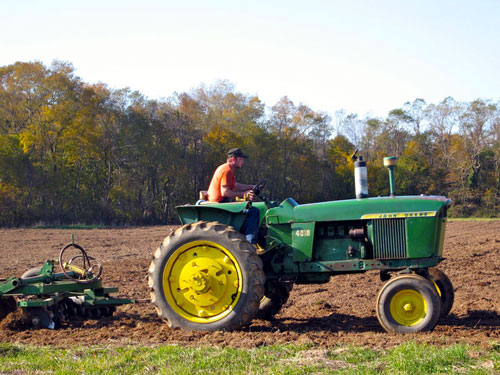 The early restoration of a 30 acre former pasture that contained woody vegetation, invasive vines and weeds. The long term goal is to transform this site that for decades had been used for cattle grazing, into a native grassland, able to support the grassland dependent species. The project has 2 facets: 1) removal of the existing vegetation, which included several large, longstanding populations of invasive plants; 2) plant native grasses and wildflowers on the site.
The early restoration of a 30 acre former pasture that contained woody vegetation, invasive vines and weeds. The long term goal is to transform this site that for decades had been used for cattle grazing, into a native grassland, able to support the grassland dependent species. The project has 2 facets: 1) removal of the existing vegetation, which included several large, longstanding populations of invasive plants; 2) plant native grasses and wildflowers on the site.
Read More about the Grassland Restoration Project...
Baltimore Checkerspot Butterfly Colony
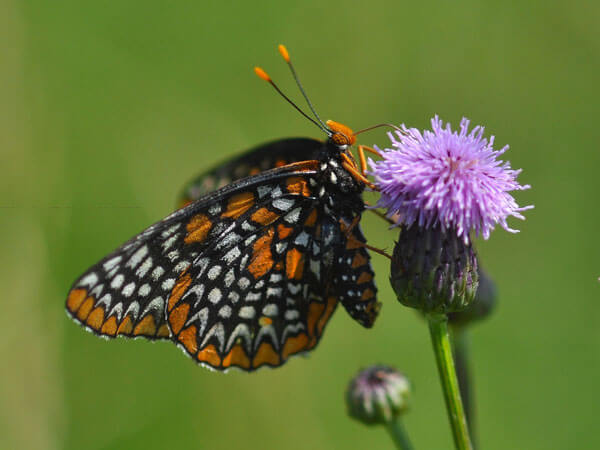 Caumsett State Historic Park Preserve contains the only known breeding colony of the Baltimore Checkerspot
butterfly on all of Long Island. While this butterfly is found throughout New York State there have only been 4 recorded sightings on Long Island over a period of 40 years prior to its discovery at Caumsett in 2009.
Caumsett State Historic Park Preserve contains the only known breeding colony of the Baltimore Checkerspot
butterfly on all of Long Island. While this butterfly is found throughout New York State there have only been 4 recorded sightings on Long Island over a period of 40 years prior to its discovery at Caumsett in 2009.
Read More about the Baltimore Checkerspot Butterfly Colony...
Mugwort Project
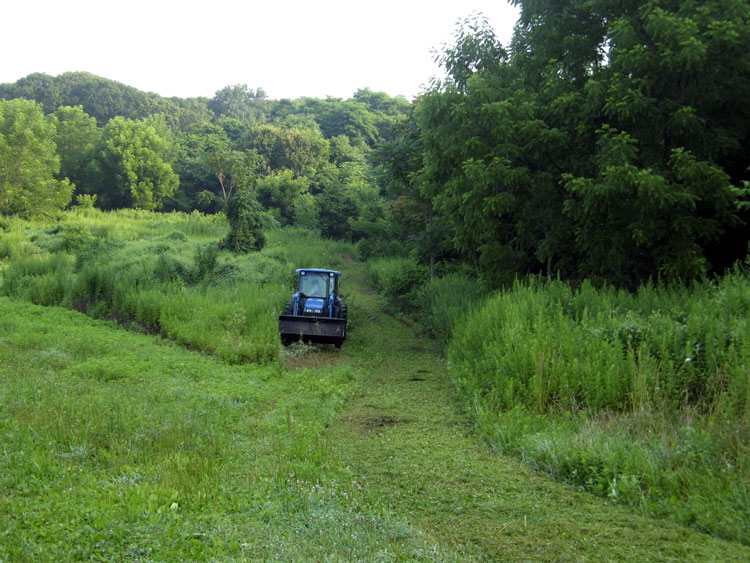 The goal is to test the effectiveness of consistently mowing an 8-acre site infested with the perennial invasive plant Mugwort during the growing season.
The goal is to test the effectiveness of consistently mowing an 8-acre site infested with the perennial invasive plant Mugwort during the growing season.
Read More about the Mugwort Project...
The Ailanthus Girdling Project
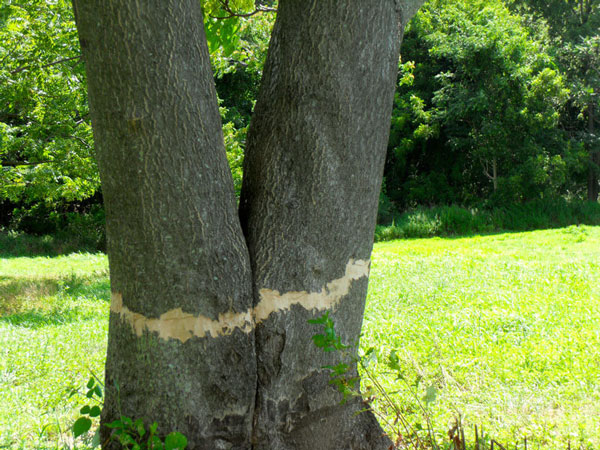 Ailanthus (Ailanthus altissima) also known as tree of heaven occurs in several
areas of Caumsett State Park along woodland edges and forest openings. As a fast-growing tree and a prolific seeder, Ailanthus can take over relatively sunny sites, replacing native plants.
Ailanthus (Ailanthus altissima) also known as tree of heaven occurs in several
areas of Caumsett State Park along woodland edges and forest openings. As a fast-growing tree and a prolific seeder, Ailanthus can take over relatively sunny sites, replacing native plants.
Read More about the Ailanthus Girdling Project...
Pollinator Garden Project
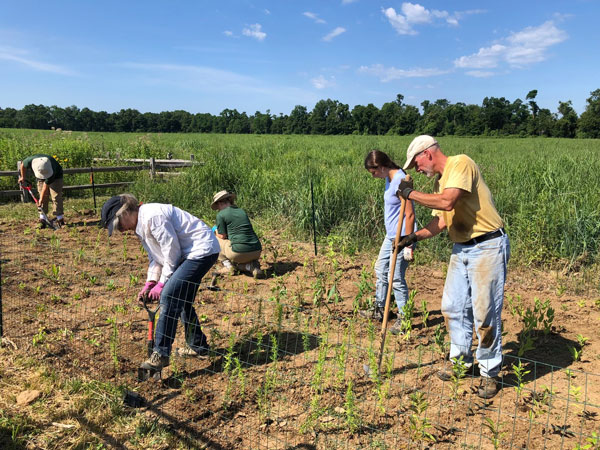 Pollinators such as native bees, butterflies and moths are declining at an alarming rate due to habitat loss, pesticide use and climate change. One significant cause of these declines on Long Island can be traced to shrinking habitat that provides floral and nesting opportunities. In recognition of these declines, the Long Island Community Foundation (LICF) awarded a grant to The Caumsett Foundation in 2021.
Pollinators such as native bees, butterflies and moths are declining at an alarming rate due to habitat loss, pesticide use and climate change. One significant cause of these declines on Long Island can be traced to shrinking habitat that provides floral and nesting opportunities. In recognition of these declines, the Long Island Community Foundation (LICF) awarded a grant to The Caumsett Foundation in 2021.
Read More about the Pollinator Garden Project...
Berm and Sand Trail Restoration
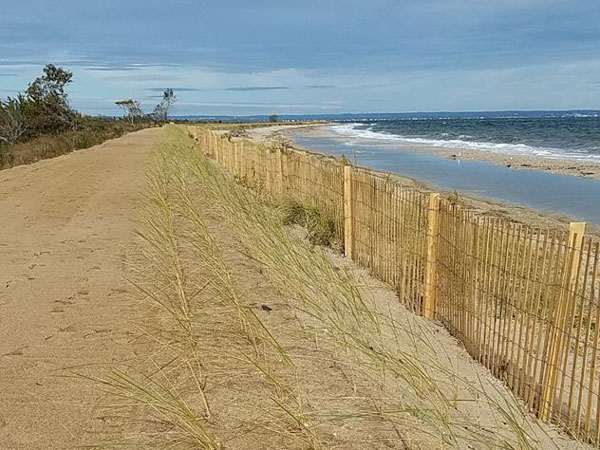 Following Superstorm Sandy in 2012, the most noticeable change to the beach along the peninsula that extends west along the Long Island Sound was the erosion of the berm and sand trail that separated the beach from the tidal wetland.
Following Superstorm Sandy in 2012, the most noticeable change to the beach along the peninsula that extends west along the Long Island Sound was the erosion of the berm and sand trail that separated the beach from the tidal wetland.
Read More about the Berm and Sand Trail Restoration...
Phragmites Management Project
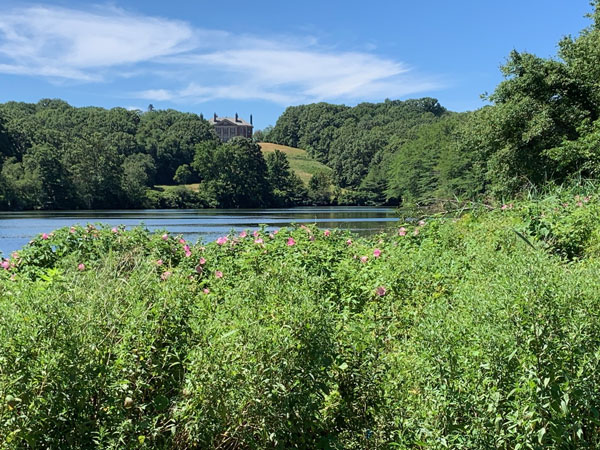 Phragmites australis, also known as common reed, is native to Europe and was not present at Caumsett when Marshall Field III owned the estate nearly 100 years ago. This aggressive plant poses a major risk to the survival of native species by forming dense monocultures that outcompete the native flora, thereby decreasing biodiversity.
Phragmites australis, also known as common reed, is native to Europe and was not present at Caumsett when Marshall Field III owned the estate nearly 100 years ago. This aggressive plant poses a major risk to the survival of native species by forming dense monocultures that outcompete the native flora, thereby decreasing biodiversity.
